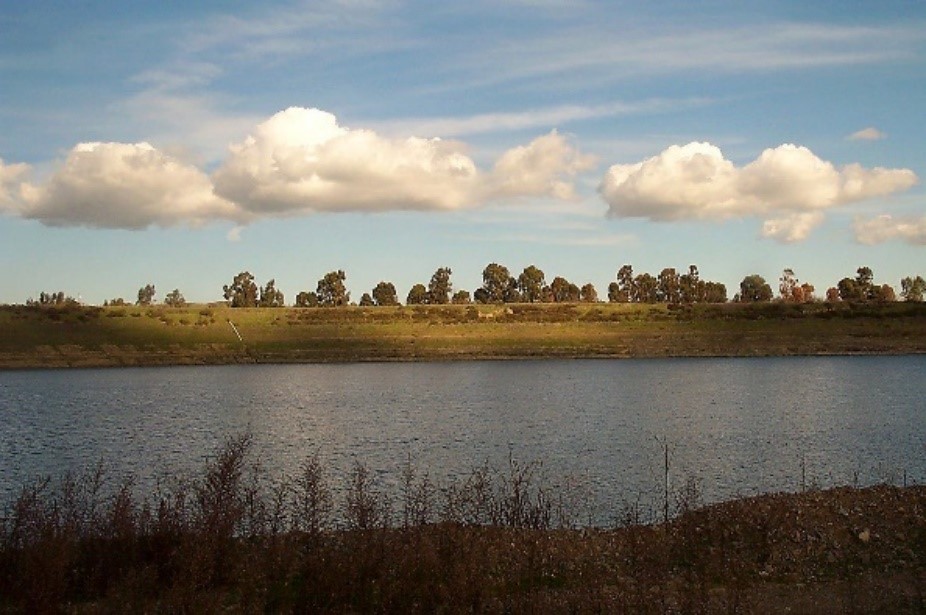
Key Issues
- Continue to avoid undesirable results of overdraft, including groundwater level decline, storage loss, subsidence, water quality degradation, and impacts on groundwater-dependent ecosystems
Solutions
- Continue to conjunctively manage imported water, local surface water, groundwater and recycled water
- Maintain groundwater levels above historic lows to avoid undesirable results of groundwater level decline, storage loss, subsidence, and impacts on groundwater-dependent ecosystems
- Manage salt and nutrient loading and contaminants of concern (e.g., chromium VI) in municipal wells
- Collaborate with regulatory agencies to remediate contamination and prevent spread of contaminant plumes
- Maintain comprehensive monitoring and data management programs for groundwater production, levels, and quality
- Coordinate with resource agencies, water retailers, land use planning agencies, and stakeholders
Alternative Groundwater Sustainability Plan
Zone 7 Water Agency,
Alameda County, California
For almost 60 years, Zone 7 Water Agency has provided active management of water resources in the Livermore Valley. Long before adoption of its updated Groundwater Management Plan (GWMP) in 2005, Zone 7 has been developing projects and plans for integrated water management of imported surface water and local groundwater supplies. Its management programs including extensive water resource monitoring; importing, artificially recharging, and banking surface water; managing groundwater pumping and basin storage; promoting recycled water use; water supply and demand planning; numerical modeling; and programs for protection of groundwater quality.
In the Sustainable Groundwater Management Act (SGMA) of 2014, Zone 7 was deemed to be an exclusive Groundwater Sustainability Agency (GSA) within its statutory boundaries. SGMA requires GSAs to prepare a Groundwater Sustainability Plan (GSP); alternatively, SGMA allows a functionally equivalent Alternative Plan if such a Plan can demonstrate that groundwater has been managed sustainably for ten years. Given its long history of sustainable management, Zone 7 elected to prepare an Alternative Plan.
Recognizing our substantial history with groundwater basin management and involvement with SGMA, Zone 7 retained Todd Groundwater for the intensive process of preparing an Alternative Plan within a demanding schedule. Todd Groundwater staff worked closely with staff of the Zone 7 Groundwater Group to compile substantial relevant information on groundwater management planning, monitoring, and projects. This information was carefully reviewed and interpreted considering SGMA requirements, including utilization of the groundwater basin boundaries as defined in the 2016 Bulletin 118 update.
Preparation of the Alternative Plan involved documentation of the basin setting and land use planning context, and refinement and quantification of undesirable results and minimum thresholds for the sustainability indicators (groundwater levels, storage, subsidence, quality, beneficial uses of connected surface water). The Alternative Plan provides documentation of Zone 7ís comprehensive monitoring program (addressing climate, land use, local and imported surface water, groundwater, and subsidence) and its multiple projects and programs that contribute to sustainability.
The Alternative Plan was approved by the Zone 7 Board of Directors and submitted prior to the SGMA deadline of January 1, 2017 Only one comment letter on the Alternative Plan was submitted (by The Nature Conservancy); this letter is positive and acknowledges the sustainable management of the Livermore Valley.
